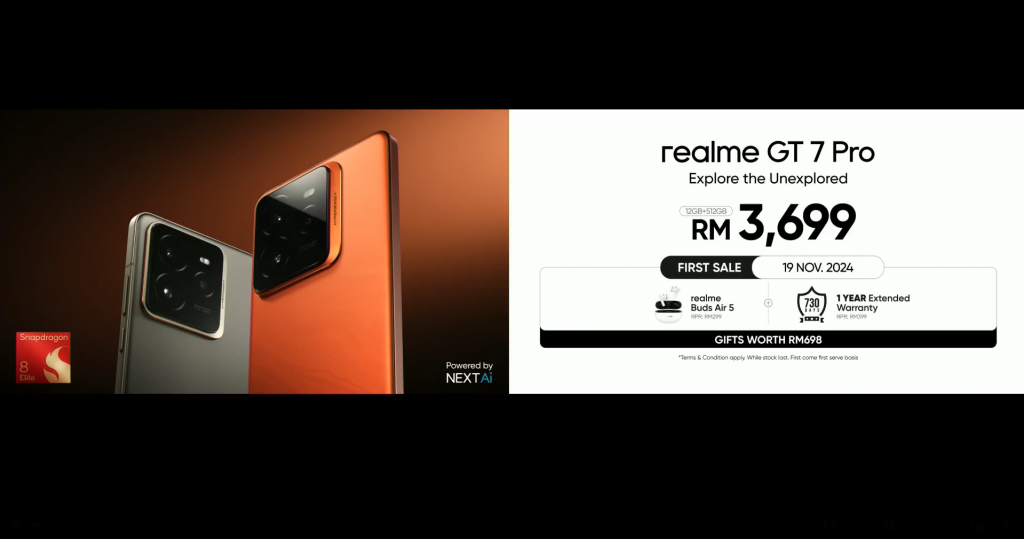Building custom chatbots using private data with Langchain and OpenAI’s GPT model is a fascinating and complex process. If you are interested in learning more this quick guide will provide an overview of this process, exploring the limitations of OpenAI’s GPT model, introducing Langchain, and discussing the steps involved in embedding text into vectors, using a BV8 vector database, performing similarity searches, and formulating responses.
Large language models like OpenAI’s GPT have revolutionized the field of natural language processing. However, they are not without their limitations. For instance, these models are trained on data only available until September 2021, which means they may not be up-to-date with the latest information. Moreover, they are not capable of using private data, which can limit their utility in certain applications.
This is where Lang chain comes into play. Langchain is an open-source framework that allows developers to integrate large language models into their applications. It can be used to build custom chatbots using private data, thereby overcoming one of the key limitations of models like OpenAI’s GPT.
The process of building a chatbot using Langchain and private data involves several steps. First, text is extracted from PDFs or Word documents. This text is then split into smaller chunks, which are embedded into vectors. Vectors are numeric representations of textual data that allow for calculations to determine similarity. This process of embedding text into vectors is crucial for the functioning of the chatbot.
Building AI chatbots locally for private data analysis
Lore Van Oudenhove has created an interesting video detailing how to build custom chatbots using Langchain and Weaviate.
“Weaviate is an open source vector database that stores both objects and vectors, allowing for combining vector search with structured filtering with the fault-tolerance and scalability of a cloud-native database, all accessible through GraphQL, REST, and various language clients.”
Other articles you may find of interest on the subject of
The code implementation for this process can be done using a Jupyter notebook and Python. The required dependencies include the Langchain package, the vv8 client, and the OpenAI library. For the purposes of demonstration, two PDF files extracted from Wikipedia can be used as the source of the chatbot’s information.
Once the text has been embedded into vectors, these vectors are stored in a vector database using the vv8 vector database. This database is essential for the chatbot to be able to retrieve and process information.
The next step in the process is performing a similarity search. This involves converting a query into a vector and comparing it to all vectors in the vector store. The similarity search is a key component of the chatbot’s ability to understand and respond to user queries.
Finally, the chatbot formulates responses using OpenAI’s GPT model. This is done using the load Q and A chain from Langchain, which combines the large language model and the query. It’s important to note that the chatbot only replies to questions that are integrated into the vector database, restricting results to the provided documentation.
Building custom chatbots using private data with Langchain and OpenAI’s GPT model is a complex but rewarding process. It allows for the creation of highly customized, intelligent chatbots that can leverage private data to provide accurate and relevant responses. However, it’s also a process that requires a deep understanding of natural language processing, vector databases, and large language models.
The combination of Langchain and OpenAI’s GPT model offers a powerful tool for building custom chatbots. Despite the limitations of large language models, the use of private data and advanced techniques like text embedding and similarity searches can result in highly effective chatbots. Whether you’re a developer looking to integrate a chatbot into your application or a researcher exploring the capabilities of large language models, this process offers a wealth of opportunities for innovation and advancement.
Filed Under: Guides, Top News
Latest togetherbe Deals
Disclosure: Some of our articles include affiliate links. If you buy something through one of these links, togetherbe may earn an affiliate commission. Learn about our Disclosure Policy.




